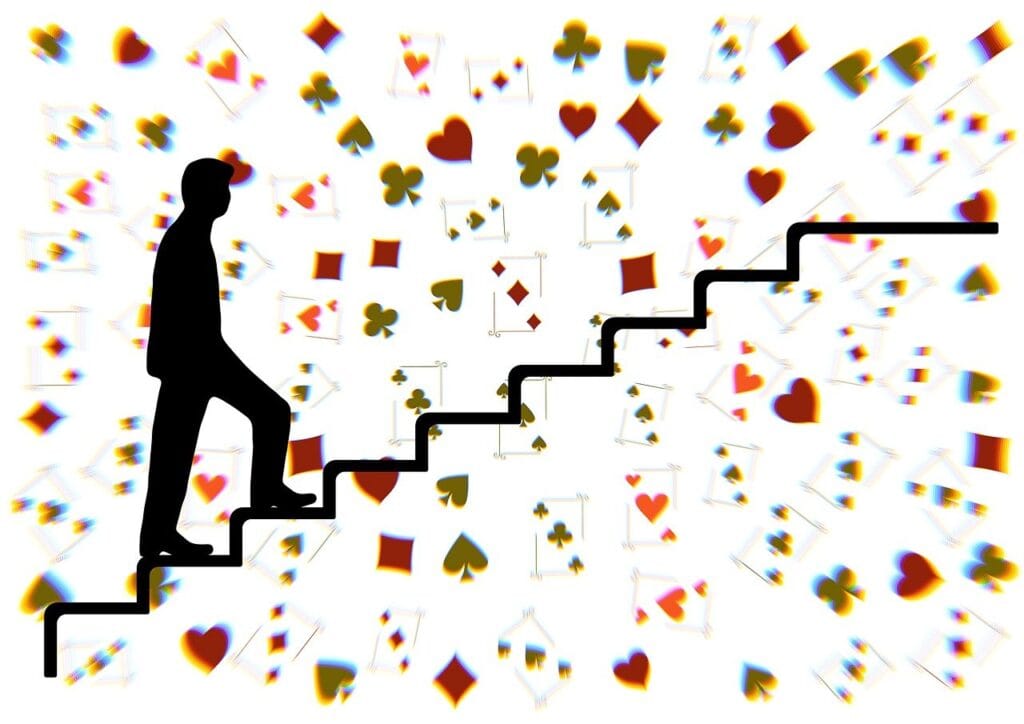Have you ever played a game of telephone as a kid? Remember how the message got all mixed up by the end? Well, in the grown-up world, mixed-up messages can cause big problems.
That’s where 3 way communication comes in. It’s a blueprint for clear verbal communication. I’ve used it to avoid mistakes and build stronger teams. Today, I’m going to show you how it works and why it matters.
Jump To Section
What is 3 Way Communication?

3 way communication is a form of communication that is like a game of catch but with words. Here’s how it works:
- I (sender) say something to you (receiver).
- You say it back to me in your own words.
- I confirm if you got it right or fix any mix-ups. (acknowledge)
It’s that simple! This method makes sure we’re on the same page. No more guessing or assuming. Just clear, honest talk.
Why it’s important
Let’s face it, miscommunication is a pain. It leads to mistakes, arguments, and wasted time. I’ve seen it happen in boardrooms and living rooms alike. 3 way communication cuts through all that noise ensuring the message is understood.
It’s important because it:
- Prevents errors
- Builds trust
- Shows respect
- Saves time in the long run
Plain and simple 3 way communication ensures your voice is heard and understood.
How I’ve used it in real life
I remember a time when I was leading a big project at work. There were lots of moving parts and team members. Without 3 way communication, there would’ve been chaos.
During our meetings, I’d share tasks with each person. They’d repeat back what they understood. If something was off, we’d fix it right then and there. No confusion, no dropped balls.
But it’s not just for work. I use it at home too. When planning family events or discussing important decisions, this method keeps everyone in sync.
The 3 Steps to Perfect Understanding

I’ve learned that good communication is like a dance. It takes practice, but once you get it, it’s smooth sailing. Let me walk you through the steps I use every day.
Step 1: Send the Message
This is where it all begins. You’ve got something important to say, so let’s make sure it lands right.
Tips for clear sending
I always start by thinking about my audience. Who am I talking to? What do they need to know? Then, I keep it simple. No fancy words or long sentences. Just the facts, straight and clear.
How to make your message stick
Here’s a trick I use: I paint a picture with my words. If I’m explaining a process, I might compare it to cooking a meal. People remember stories and examples better than dry facts.
Step 2: Repeat It Back
This step is pure gold. It’s where the magic happens.
Why this step is crucial
I can’t tell you how many times this step has saved me from misunderstandings. When someone repeats what I’ve said, I know right away if we’re on the same page.
How to repeat effectively
Don’t just parrot the words. Use your own language to show you’ve really understood. I often start with, “So, what you’re saying is…” This gives the other person a chance to hear their message in a new way.
Step 3: Confirm or Correct
This is the safety net that catches any slip-ups.
The power of double-checking
Trust me, a quick “Did I get that right?” can save hours of headache later. It shows you care about getting it right, and it gives you both peace of mind.
What to do if there’s a mix-up
No worries! This is why we do this. If something’s off, just calmly explain the part they missed or misunderstood. I’ve found that people appreciate the chance to get it right.
Remember, everyone communicates differently. Find your own rhythm with these steps. The goal is understanding, not perfection. Give it a try in your next conversation and see how it changes things. You might be surprised at how much smoother your interactions become!
Making 3 Way Communication Work for You

I’ve used 3 way communication in all kinds of situations, and I can tell you, it’s a game-changer. But here’s the thing: you need to make it your own. Let’s explore how you can do just that.
Adapting it to different situations
Life throws us curveballs, doesn’t it? I’ve had to use this method everywhere from boardrooms to busy cafes. The key is to be flexible.
In a noisy place? Use hand signals or write things down. In a rush? Keep it short and sweet. The goal is understanding, so do what works for you.
Remember, there’s no one-size-fits-all approach. Trust your gut and adjust as needed.
Using it in writing and speaking
I love how versatile 3 way communication is. It’s not just for face-to-face talks.
In writing, I often ask the reader to summarize key points in their own words. It’s a great way to check if my message is clear.
For speaking, I use phrases like, “What did you understand from what I just said?” It opens the door for clarification.
The bottom line? Whether you’re typing an email or giving a speech, this method can work for you.
Practice exercises to try at home
Want to get better at this? I’ve got some fun exercises for you to try:
- Play “Telephone” with your family or friends. See how the message changes and use 3 way communication to keep it accurate.
- Watch a short video and explain it to someone. Have them repeat it back to you.
- Write a set of instructions for a simple task. Ask someone to follow them and describe what they’re doing.
I do these exercises regularly to stay sharp. They’re not just helpful, they’re fun too!
Remember, the goal here is to find what works for you. Maybe you’ll discover a new way to use 3 way communication that I haven’t even thought of. That’s the beauty of it, it’s all about making it your own.
So go ahead, give these ideas a try. You might be surprised at how quickly you see improvements in your daily communications. And who knows? You might even teach me a thing or two!
Beyond the Basics: Leveling Up Your Skills

Once you’ve got the hang of 3 way communication, it’s time to take it up a notch. I’ve been using this tool for years, and I’m still finding new ways to make it work better. Let’s explore some advanced techniques together.
Adding a fourth step for complex topics
Sometimes, three steps just aren’t enough. I learned this the hard way when explaining a new company policy. Here’s what I do now:
- Send the message
- Have them repeat it back
- Confirm or correct
- Ask them to explain how they’ll use the information
This last step really shows if they’ve understood. It’s saved me from a lot of confusion down the road.
Using three-way communication in groups
Group talks can get messy, can’t they? I’ve found a way to make 3 way communication work even with many people.
I ask one person to sum up what’s been said. Then, I have another person add anything that was missed. Finally, I check if everyone agrees. It’s like a group fact-check!
Remember, the goal is to make sure everyone’s on the same page. Don’t be afraid to slow things down if needed.
How to teach others this powerful tool
Teaching is a great way to master a skill. Here’s how I spread the 3 way communication love:
- Show, don’t tell. I use the method while teaching it.
- Make it fun. I turn it into a game or challenge.
- Be patient. It takes time to build new habits.
- Encourage practice. The more they use it, the better they’ll get.
Remember, there’s no one right way to do this. Find what works for you and your team. The most important thing is to keep trying and improving.
Conclusion
3 way communication isn’t just about avoiding mistakes. It’s about building trust, showing respect, and becoming a better leader. By mastering this skill, you’re opening doors to clearer understanding in all areas of your life.
So why wait? Start using 3 way communication today. You’ll be amazed at how much smoother your conversations become. Remember, great communication leads to great connections. And great connections? They can change the world.
Did you enjoy this article on What is 3 Way Communication? Please share and subscribe below.








